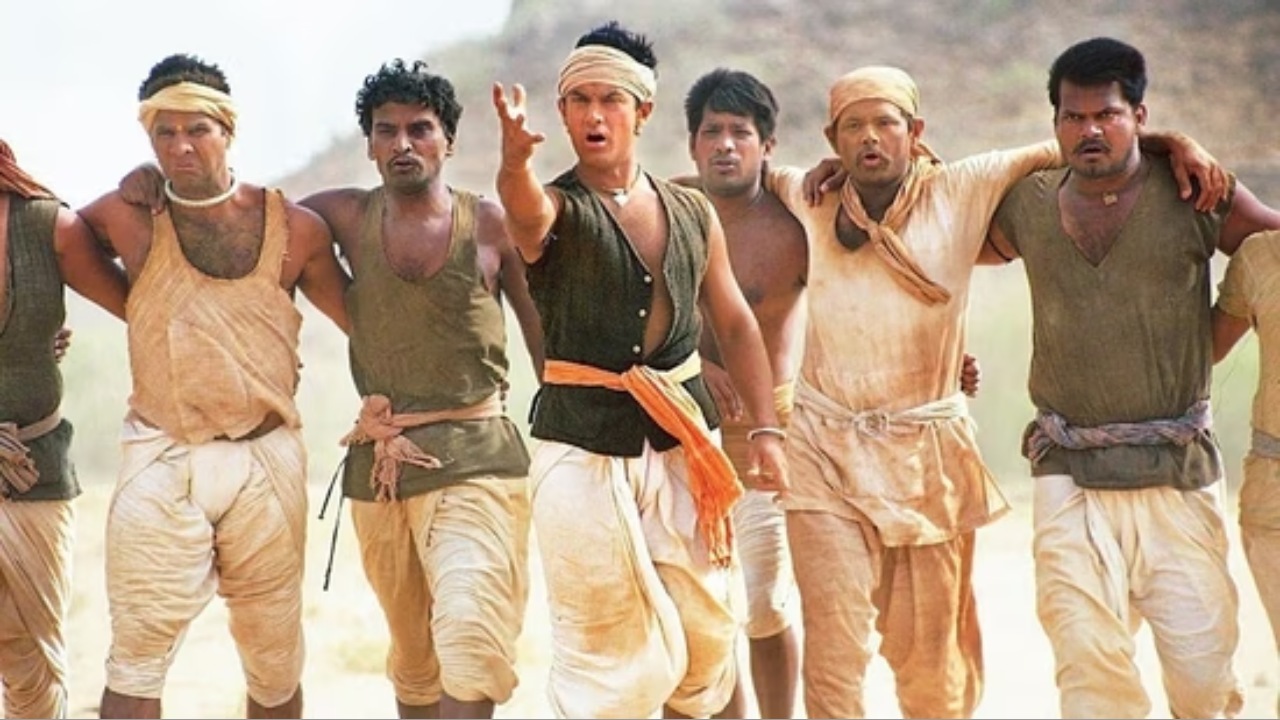In the history of Indian cinema, there are few films that deserve to be recognized as cult classics. These films transcend boundaries and serve as a testament to the brilliance of cinema at its finest. One such film is “Lagaan: Once Upon a Time in India,” or simply “Lagaan.” Directed by Ashutosh Gowariker, it exemplifies how cinema should be and how a story can be shared with the audience. “Lagaan” has left a lasting impression on every Indian, especially those from the ’90s. Today marks the 23rd anniversary of this timeless cult classic, and even after more than two decades, no film quite compares to it.
Lagaan is set in 1893 during the late Victorian period of British colonial rule in India. The film tells the story of the inhabitants of a village in Central India. Burdened by high taxes and several years of drought, the villagers are challenged by an arrogant British Indian Army officer to a game of cricket as a wager to avoid paying the taxes they owe. The villagers face the daunting task of learning a game that is alien to them and playing for victory. While that is the main plot, the beauty of Lagaan lies in its execution, the way it has been picturized, the performances by the actors, and the music.
“Lagaan” resonated with the audience due to its portrayal of village life and relatable characters. The film captured a wide range of emotions, including love, jealousy, hatred, enjoyment, suffering, empathy, victory, patriotism, and most importantly, freedom. This multifaceted depiction of human experiences contributed to the film’s lasting success.
The timeless classic, Lagaan, was able to glorify its basic theme and remain true to its plot thanks to the excellent direction of Ashutosh Gowariker. However, the most important part was the flawless acting of its cast. Aamir Khan, as Bhuvan, led the entire film brilliantly. The simplicity and beauty of the supporting cast also contributed significantly, as they gave exactly what their characters demanded. It is indeed one of the best films of Aamir Khan’s career.
One of the most significant reasons for Lagaan’s success was its music, which showcased the simple yet extraordinary brilliance of A. R. Rahman. Songs like “Radha Kaise Na Jale,” “Chale Chalo,” “Ghanan Ghanan,” “Mitwa,” and others are special and still resonate deeply with audiences.
“Lagaan” has made a significant impact on the history of the Indian entertainment industry. It holds the record for winning the most awards at the 49th National Film Awards in eight categories. These categories include Best Popular Film Providing Wholesome Entertainment, Best Male Playback Singer, Best Audiography, Best Art Direction, Best Costume Design, Best Music Direction, Best Lyrics, and Best Choreography.
Conclusively, Lagaan is a film that has achieved success beyond imagination and continues to grow with time. It is one of those films that every generation must watch.


